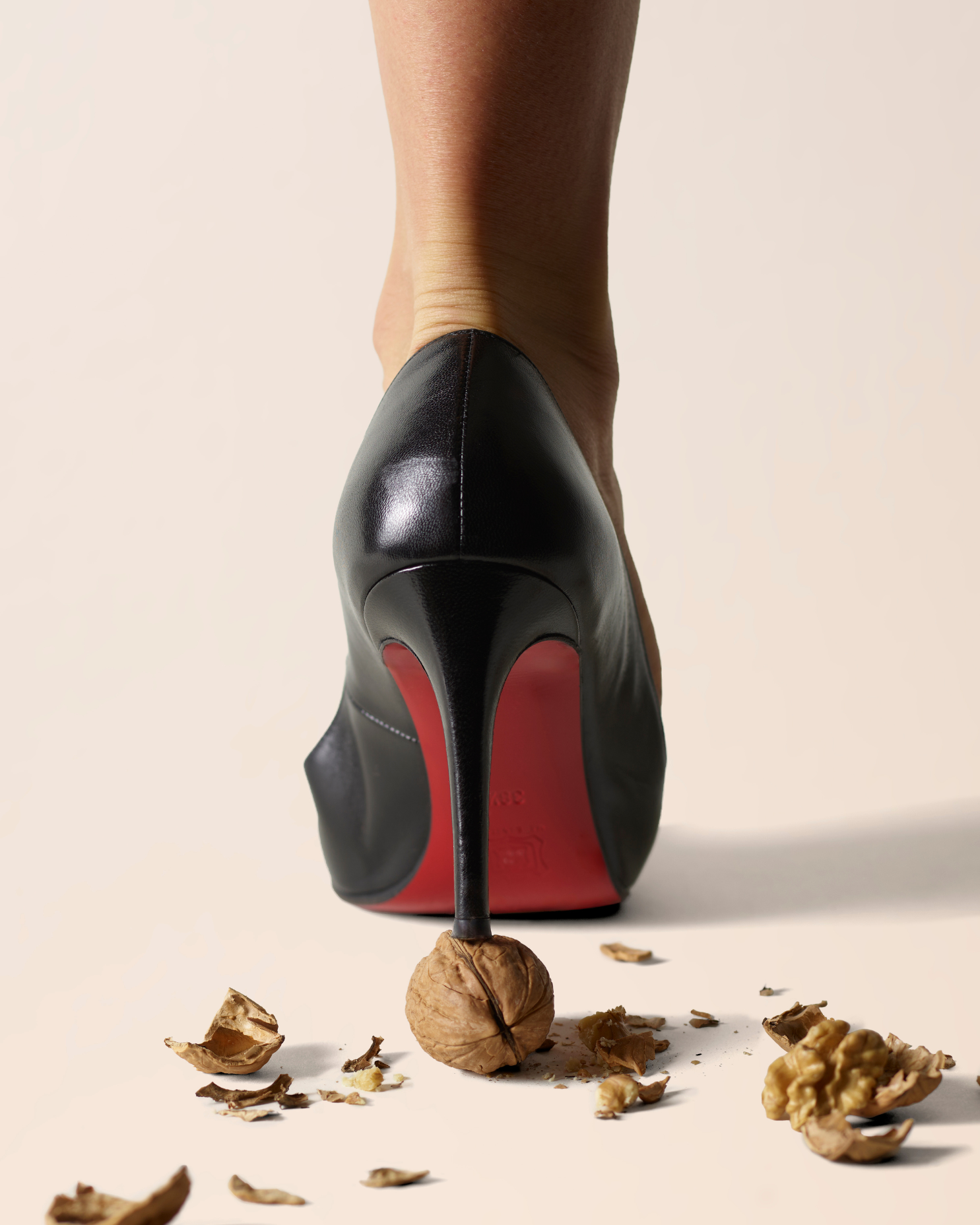How to light virtual production photography sets vs traditional sets
Join our Senior Creative, Luke, as he spills the beans on the essentials for creating the perfect ambiance on a small-scale virtual production set.
About this post
Published
Author
February 7, 2024
There are many considerations when lighting for virtual production (VP). Whether it’s a small-scale, tabletop shoot, or high-end studio setup with an enormous LED volume, the lighting considerations are similar and you’re likely to run into the same problems. In this article, we will be focusing on tabletop VP photography, reflecting our core competency in this field.
So then, what are the main things to consider on a VP setup? Let’s dive right in.
Lighting
If you can control or are intending to create the background image yourself, strive to work with a scene that has some strong direction to the lighting and ideally some noticeable colour contrast. Replicating this will help really embed the subject and other physical components into the background scene. A golden hour glow, or neon key-light will be easy to replicate with flash or constant lighting and can be the difference between looking like a bad green screen or a movie set.
Assuming we are not creating a bespoke virtual environment and therefore have limited-to-no control of the dynamics of the background scene, first thing is to read the image a little: where’s the light source? Is it the sun? Soft daylight flooding through a window? Or maybe some kind of zany, neon CGI scene? The lighting in the background dictates what must happen in real life, so I start by replicating the main light source(es) using modifiers, diffusion, coloured gel, etc. and placing them in a location that would appear as though the lighting in the scene is lighting my subject.
The screen or volume will offer some ambient light, but it might not be enough to work at your desired camera settings. So next I go about matching in with the ambience of the scene in hand: What kind of space are we in? Are the walls or ceiling white, dark or coloured? Can I replicate this with a white or coloured board above set? Maybe we’re outside – is there sky or colour, or even green canopy of trees causing the light to dapple? Perhaps the floor is brightly coloured and is casting colour upwards? Any attributes of the background scene that can be replicated in-studio should be where possible. It really makes all the difference.
Shadows
Keeping the blacks of the screen truly black is tough. Typically, volumes and large screens have a texture somewhere between matte and satin. They’re designed to be unreflective, but you’re going to lose the black point entirely if you start pointing 1000W lights at them. Sometimes the “crushed” look is just what you’re after, but that treatment needs to be applied to the finished article, and not just what’s displaying in the background. So how do we get around this?
Inevitably using white and grey bounce boards will cause the background to wash out to some degree. You might be able to tweak the angle of the volume or reposition the lights to get around this, but there’s a nifty work around when shooting fixed POV background: shoot a still with no lighting and mask and comp out the areas where the black point is affected later.
Space
Space is super important. Firstly, make sure you have enough of it to get your lights far enough away from set. Sun light is hard and casts crisp shadows – it’s going to be tough to replicate this with flash or LED a couple of feet away from your set. Depending on the size of your volume and the brief requirements, you might require a greater distance between the background, subject and other mid or foreground elements. I try to ensure I have at least 6m2 and a 4m ceiling height.
The colour of the space is also important. You’re going to really struggle to achieve a good black point and high contrast in a white or bright room.

Let’s sum it up then, by order of events
- Create or source an image/scene with a definitive light source and some direction to the shadows. Ideally back or side-lit.
- Expose for the background first, then light the scene after.
- Study the image carefully. Work out light type, temperature and ambience. Build the scene you’re “in” first, using boards above and adjacent where necessary.
- Start with the main light, coloured and modified as per the main light source in the scene.
- Add any further lighting, ambience and fill. Don’t be scared of flare! It can instantly blend a backlit scene.
- Remember to capture a plate image/video with no light for comping purposes.
- Post-production: comp in any areas you couldn’t get right in camera. Adding a light style/LUT and some noise is my preferred way to further embed the scenes and finish the piece!





